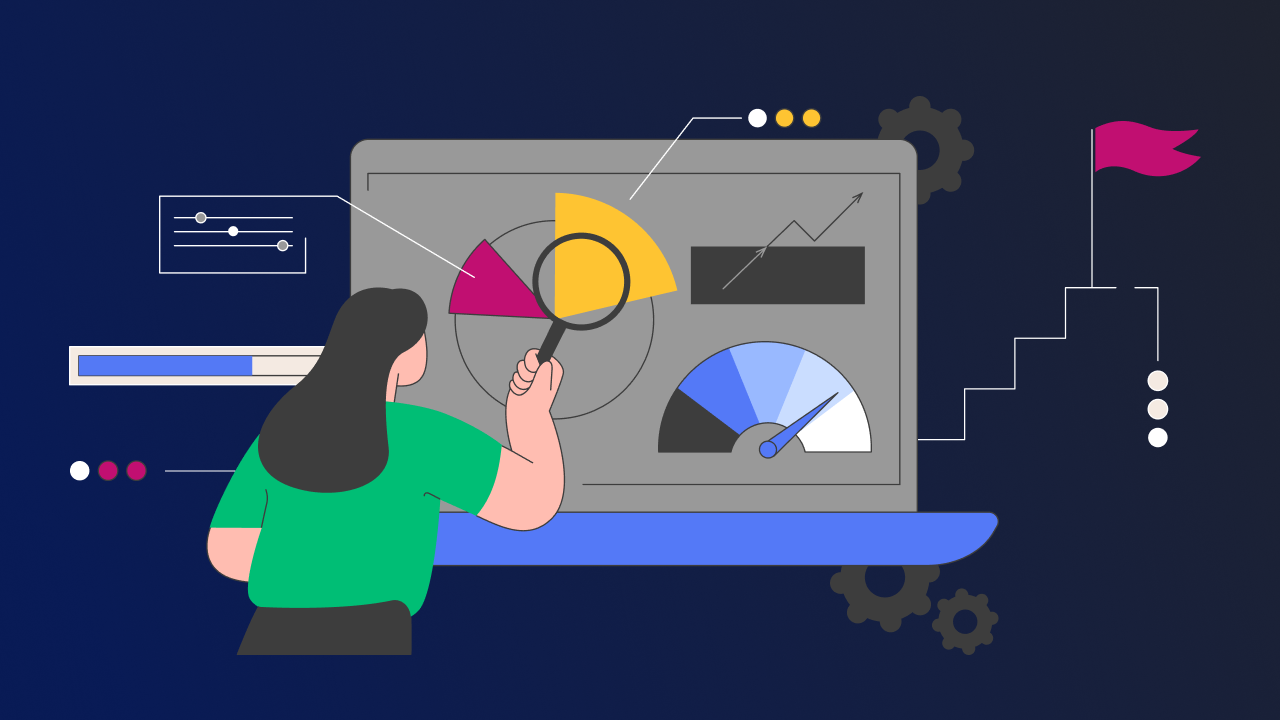Kiandra Insights
Legacy Modernisation Approach


Business legend and former Chairman and CEO of General Electric (GE) Jack Welch once said, “Change before you have to.” When it comes to legacy modernisation, also known as software modernisation – this couldn’t be more true.
Take the Queensland Health Lattice payroll system for example, they were set a deadline to change before taking the leap themselves. Lattice was a critical system, providing accurate pay and rostering advice to 78,000 Queensland Health staff. This 21 year old system was due for a full replacement in 2008. By 2016, and more than $70M on, the legacy system hadn’t budged.
In 2018, over $100m had been spent on replacing the out-of-date system. In the meantime, lawsuits against Queensland Health ensued, a Payroll System Commission of Inquiry was established by order of the Governor in Council and the impact to staff and operations was immeasurable.
The deadline ended up being extended to the end of 2019. But the big questions remains, how did this project get labelled the “worst failure of public administration in this nation”?
Poor project management
Many of the issues were in poor project management, lack of organisational buy-in and resistance to change. Legacy technology also represents the inherent relationship between business and tech, which can create a culture that views technology as an operational essential rather than a key strategic element.
A 2018 Logicalis Global CIOs survey found 44% of CIOs believe complex legacy technology is a significant barrier to digital transformation and 56% pointed to organisational culture as a key barrier.
Many CIOs inherit these systems, fully aware that software doesn’t get better with age, and their most significant challenge will most often become replacing legacy applications into modern infrastructure. However, many organisations are resistant to change because of one simple notion – if it ain’t broke why fix it?
Defined by Gartner, a legacy application or system is an information system that may be based on outdated technologies, but is critical to day-to-day operations. Many are still in effect, irrespective of age or quality, because essentially they still work. But sooner or later, technology gets so out-dated, organisations are left open to security issues, unable to meet compliance or be compatible with other, more modern systems.
Looking at Queensland Heath’s two decade-old system, that was built in 1998 – THE 90s! Since then the world has advanced its technology by prolific leaps and bounds. Facebook didn’t exist till 2004, iPhones didn’t make an appearance until 2007 – Blue-ray discs weren’t even a thing. By 2008, ‘change before you have to’ was written on the walls.
We recently worked on a similar replacement project with Western Australia Health. We used innovative technology, low-code, to overhaul their MAAS system – used to assess, process and verify invoices for contracted medical practitioners. It processes up to $100 million worth of invoices a year and was a critical, legacy system, built in 1998.
This was a complex project, as most legacy systems are – hence the reluctance to change and reliance on decades-old systems. However, we were able to utilise new technology to replace the entire system in 5 months, while previous estimates had pegged the project as requiring 12 months or longer using traditional software development tools. One of the biggest things on our side was support from the organisation and willingness for change.
For the most part, legacy system modernisations are incredibly complex due to the migration of existing data, compatibility of older system and increasing usability, to name a few. The organisational barriers are just another road block in an already uphill battle.
The real key to getting this right it not to look at it as one enormous, multi-year project, instead it can be approached incrementally, bit by bit – byte by byte. Modernising systems should be viewed as an ongoing process, continually being managed, maintained and strategised.
Of course, working with an experienced technology partner with access to cutting-edge software tools and discussing the different organisational needs to modernise, will also take your project far and help people through the digital transformation process.
If you’d like to discuss how your organisation can approach or benefit from updating parts or all of your systems and applications, it would be great to hear from you, contact us today.
More insights

Performance testing is a commitment to excellence
At Kiandra, we recognise and acknowledge the pivotal role of performance testing in achieving this fine balance. In this blog, we will unravel what performance testing truly means at Kiandra and why it's a cornerstone of our development philosophy.

Kiandra becomes first Premier OutSystems partner in the ANZ region
Kiandra are proud to announce that it has attained the status of Premier OutSystems Partner – the most important partnership status from the world’s leading enterprise low-code platform.

OutSystems Top Partner ANZ for 2022
Kiandra has received the OutSystems Partner of the Year Award for the entire Australia New Zealand region. The custom software solutions provider was recognised at the ‘Top Partner of Australia and New Zealand’.
Let’s discuss your next project
Whether you’re curious about custom software or have a specific problem to solve – we’re here to answer your questions. Fill in the following form, and we’ll be in touch soon.





.svg)


.svg)

